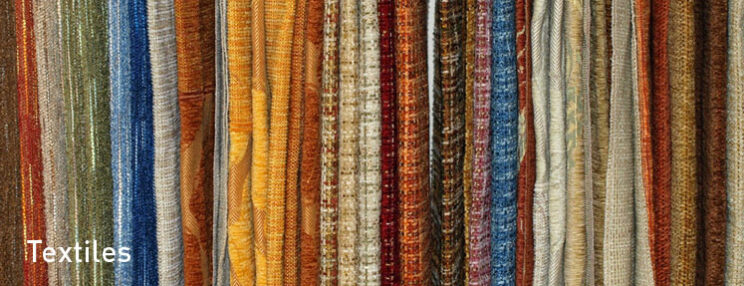The Indian fashion designing scenario is a highly interesting one. If one is aspiringto be a fashion designer and hoping to experiment with a variety of traditional Indian designs, he or she barely has any chances of being disappointed. The reason why Indian designs have been able to make a mark when it comes to global fashion is because the ethnic Indian textiles from various parts of the country have contributed in ensuring that there is no dearth of styles or ideas when it comes to upholding India’s design and textile traditions in front of the fashion world.
The variety of textile riches have proven to be a boon for fashion designers hailing from our country as they have a seemingly unlimited arsenal of options to choose from and create designer wears for their customers.
Attempting to name and classify the various regional textiles is futile as there are way too many spread all over India and each one is a marvel in its own. If there is a home of silk textile in India, it has to be Varanasi as the place is often hailedto be the home of Varanasi brocade, the mother of all Indian textiles. The lush fabric is created by the weaving of pure silk and gold strands, giving birth to a soft and highly admirable fabric. The various regions of the city has its individual style of brocades namely Paithani, Kanjeevaram, Tanchoi etc. From ancient to modern, designs of all types have been adapted to lend these brocades a look and feel of Indian ethnicity.
The gorgeous state of Gujarat has been the center of weaving brocades and silks since the prestigious time of the Mughals and continues the trend till date. Rich colors adorn the famous Ashavali textile which is a weaving marvel with four to five colored silk threads placed amongst a gold thread. Animals and trees are regular features as far as designs are concerned as they are seemingly brought to life amidst the riot of colors in this brilliantly woven textile. Surat, Gujarat’s renowned commercial capital is the homefor Tanchoi textile which is subtle in its coloring and has an embroidered feel to it, making the textile a light and comfortable one. No wonder Gujarat is considered to be the designer and the shopper’s heaven as the varieties to choose from are endless.
Eastern and Central Indian regions also have their share of textiles to boast of. Paithani from Maharashtra is a textile used specially by royal households. Flower designs are common and a Paithani is handed down from generation to generation, such is its ethnic value. Bhagalpur and Maheshwari belong to Bihar and Madhya Pradesh respectively as both these textile styles incorporate the alliance of silk and cotton, giving birth to a textile marvel. The intricacies are visible and delightful, making these designs prized possessions. Bengal has Baluchar to be proud of which uses pure mulberry silk in its manufacturing. The obvious high quality of the fabric fused with equally high quality designs make Baluchar a nationally popular textile.
India’s rich textile reserves never seem to get exhausted as we meet with a number of varieties while going down towards the Southern region. Kanjeevaram is one of the best known Indian types of textile, originating in the South. The skillfully woven and designed Kanjeevaram Saree is made up of silk yarns and is bound to be a woman’s prized possession given how beautiful one looks in it.TheGadhwal is another well known textile type and has spread all over the nation, though its origins are at the Deccan region. Silk and cotton are blended and then colored upon to manufacture a Gadhwal Saree at its most beautiful. The list of well known textiles originating from South Indian will not be complete unless Kalamkari from Andhra Pradesh is mentioned. A difficult and beautiful fusion of painting and printing, Kalamkari features mythological themes and designs making the textile a beautiful and fruitful yielding of the patience invested in its manufacture.
There are literally thousands of textiles and designing styles spread all over India. Designers clearly draw inspiration from all of them and the effort and labor put into the manufacture of these textiles must be lauded. Displaying these authentic Indian textiles and designs at global fashion shows and expos gives the much needed edge and encouragement to these traditional textiles which are a major reason for India’s gradual ascend in global fashion.

